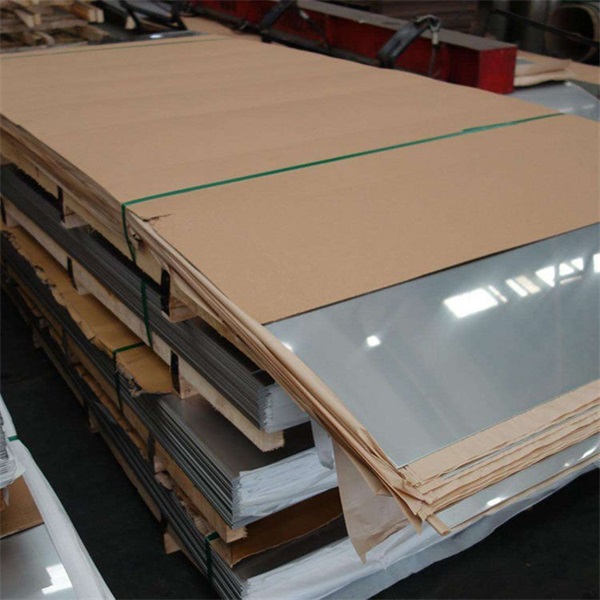◆ Standards
GB: 06Cr19Ni10/0Cr18Ni9
ASTM: S30400/304
JIS: SUS304
ISO: X5CrNi18-10
EN: X5CrNi18-10/1.4301
◆ Properties
Chemical properties:
| 304 Steel | C | Si | Mn | P | S | Ni | Cr | N |
| ≤0.07 | ≤0.75 | ≤2.0 | ≤0.045 | ≤0.03 | 8~10.5 | 17.5~19.5 | ≤0.1 |
Mechancal properties:
| 304 Stainless Steel Sheet | Yield Strength RP0.2/MPa) | Tensile Strength Rm/MPa | Elongation A/% | Hardness | ||
| HBW | HRB | HV | ||||
| ≥205 | ≥515 | ≥40 | ≤201 | ≤92 | ≤210 | |
Physical properties:
| 304 Stainless Steel Plate | |
| Density/(kg/dm³)20℃ | 7.93 |
| Melting Range/℃ | 1398~1454 |
| Specific Heat[kJ/(kg•K)]0℃~100℃ | 0.50 |
| Thermal Conductivity/[W/(m•K)] | 100℃:16.3 |
| 500℃:21.5 | |
| Coefficient of Thermal Expansion/(10-6/K) | 0℃~100℃:17.2 |
| 0℃~500℃:18.4 | |
| Electrical Resistivity/(Ω•mm2/m)20℃ | 0.73 |
| Modulus of Elasticity(kN/mm2)20℃ | 193 |
◆ Characteristic
304 stainless steel sheet is austenitic stainless steel, containing 9%-11% nickel and 18%-19% chromium. The former is resistant to organic acids, while the latter is resistant to corrosion in oxidizing environments and has excellent corrosion resistance.
304 stainless steel plate has good ductility in the annealed state and is easy to draw and form.
304 steel can improve its hardness and strength by cold working.
304 stainless steel can be welded by fusion welding and resistance welding. However, if water corrosion resistance is considered, it is not recommended to use 304 steel for a long time in the range of 426 ℃ ~ 860 ℃.
Note: It cannot be hardened by heat treatment.


